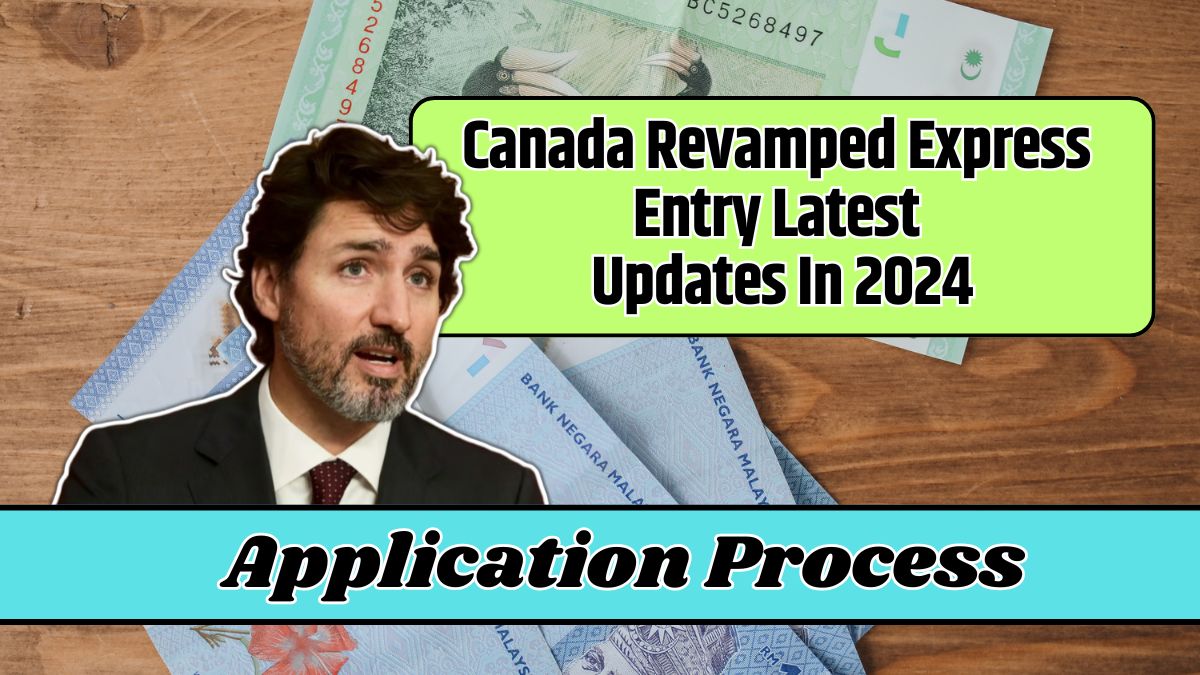After a hiatus, Canada has resumed its Express Entry draws with renewed emphasis on targeted draws, especially for the Canadian Experience Class (CEC) and Provincial Nominee Program (PNP).
These draws offer skilled temporary residents a pathway to permanent residency, supporting Canada’s objective to attract and retain talent for its workforce.
Canada’s Minister of Immigration, Marc Miller, underscored the importance of these specific draws, suggesting that the government aims to facilitate permanent residency transitions for skilled workers already living and working in Canada.
Here’s a comprehensive look at Canada’s revamped Express Entry system, focusing on the CEC and PNP draws, recent changes, and how applicants can increase their chances of receiving an invitation.
What is Canada’s Express Entry?
The Express Entry system is Canada’s primary online immigration management tool, allowing the country to select candidates for permanent residence based on economic immigration needs. Express Entry oversees applications under three main programs:
- Federal Skilled Worker Program (FSWP)
- Canadian Experience Class (CEC)
- Federal Skilled Trades Program (FSTP)
The Canadian government ranks applicants using a Comprehensive Ranking System (CRS), which assesses factors like age, education, language proficiency, work experience, and adaptability. Candidates with the highest scores receive invitations to apply (ITAs) for permanent residence.
Recent Updates to Express Entry Draws
The latest changes emphasize Canada’s goal to address regional and occupational workforce needs through specific types of draws:
1. General Invitation Round
- Purpose: To invite top-ranked candidates from any of the three economic programs under Express Entry.
- Eligibility: Candidates who score above a certain CRS threshold receive invitations, regardless of their work field or province.
2. Program-Specific Draws (e.g., PNP)
- Focus: Emphasis on Provincial Nominee Program (PNP) candidates.
- Requirements: PNP applicants must meet both provincial criteria and the Express Entry CRS cut-off score. Provinces nominate candidates to fulfill regional labor market needs, which strengthens the applicant’s CRS score by up to 600 additional points.
3. Category-Based Draws
- Objective: Targeting specific economic categories such as healthcare, STEM, and French-language proficiency.
- Process: The Minister of Immigration designates categories based on Canada’s economic goals, such as increasing healthcare workers or French-speaking residents. For example, a recent draw favored applicants with French proficiency, enhancing cultural and linguistic diversity.
Canadian Experience Class (CEC) and Provincial Nominee Program (PNP)
Two specific draws now receive heightened focus:
- Canadian Experience Class (CEC): This category is for applicants with Canadian work experience, making it a prime choice for skilled workers already contributing to the economy. Since these candidates have already adapted to Canadian work culture, they’re well-positioned for rapid integration as permanent residents.
- Provincial Nominee Program (PNP): Provinces nominate skilled workers based on regional labor needs, offering nominated candidates up to 600 additional CRS points. PNP applicants may receive provincial nominations if they meet specific job market demands or possess unique skills.
CRS Score and Ranking System
Each Express Entry draw uses a CRS score threshold to rank and invite candidates. The CRS score, which can reach up to 1,200 points, is based on two main categories:
- Core Points: Up to 600 points based on criteria like age, education, language skills, and work experience.
- Additional Points: Up to 600 points for factors such as provincial nominations, Canadian educational credentials, job offers, French language skills, or family ties in Canada.
The CRS system ensures a fair and competitive selection, with priority given to candidates with higher overall scores.
Recently, however, Canada has explored lower cut-off scores for targeted draws, especially in categories like French-language proficiency or specific occupations.
How to Apply for Express Entry
If invited, candidates have a 60-day window to submit an online application for permanent residence through the Immigration, Refugees and Citizenship Canada (IRCC) portal. Here’s a quick outline of the process:
- Create an Express Entry Profile: Interested candidates submit their profiles, providing information on education, work experience, language skills, and other personal details.
- Await Invitation: Candidates who meet the cut-off score receive an ITA.
- Submit Application: After receiving an ITA, candidates submit their application with supporting documents within 60 days.
- Approval and Arrival: If approved, applicants and their family members can move to Canada as permanent residents.
Pilot Projects and Special Programs
IRCC recently announced a pilot project for French-speaking students to facilitate a streamlined route to permanent residence, aiming to strengthen the French-speaking population and cultural diversity across Canada.
Preparing for Express Entry Success
To increase their chances, candidates can work on improving their CRS scores by:
- Enhancing Language Skills: Proficiency in English or French, particularly high scores in both, can significantly improve CRS points.
- Education: Pursuing Canadian educational qualifications adds extra points.
- Provincial Nomination: Applying to a province’s PNP program can add 600 points.
- Job Offer in Canada: A valid job offer supported by a Canadian employer also boosts the CRS score.
Canada’s revamped Express Entry with targeted CEC and PNP draws reflects a focused strategy to retain skilled workers who can meet Canada’s labor needs and support economic growth. With a structured points system and targeted draws, Express Entry offers a clear path for individuals looking to make Canada their long-term home.
Candidates can maximize their chances by improving their CRS scores, applying for provincial nominations, or enhancing their language proficiency.



















